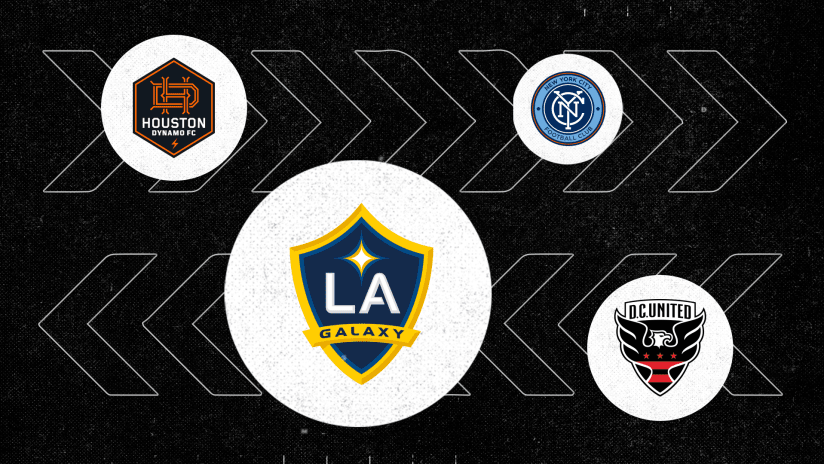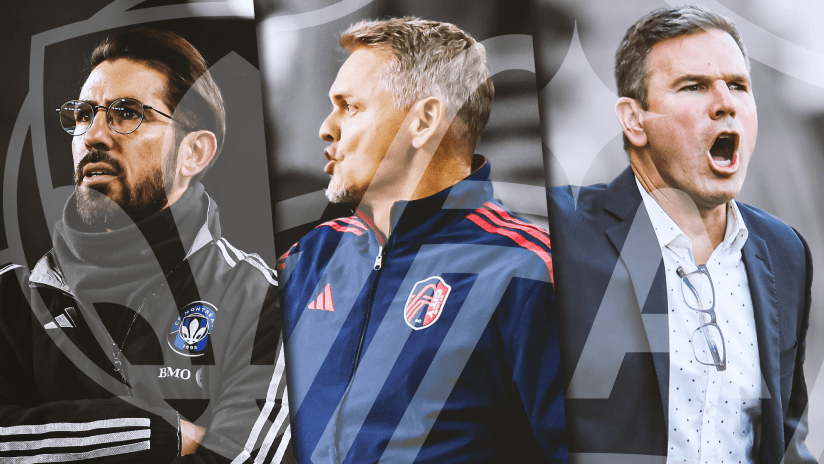The brilliance of some of Carlos Vela's most exquisite finishes while wearing LAFC's black and gold serves as the perfect juxtaposition to how the club set out to achieve the success propelled by his goals.
Vela's magic graces our retinas as just that: Wizardry that can be almost inexplicable at times, fueled by his improvisation and artistic freedom in the heat of battle.
The brain trust that assembled LAFC's Supporters' Shield winning squad are more calculated, such is the nature of front offices across the league. That is not unique. What is unique is the rate at which the club have acquired and developed top talent from South America, striving to be at the vanguard in MLS of developing and selling young talent while consistently challenging for trophies.
Part of that calculation is ensuring that the club are prepared for their best young players to leave, not just in case of emergency, but because it's part of the plan and what keeps the conveyor belt moving smoothly forward.
"We do our best to look one, two, three steps ahead, as all good selling clubs do," LAFC EVP of soccer operations and GM John Thorrington told MLSsoccer.com last week. "We still have a few steps to go to show a proof of concept here (as a selling club), but I think we’ve started the process of identifying talent that develops here, increases their market value then move on. We still have to close that loop, but we’ve done what we can so far and do our best to plan to make sure when we do make those sales, the club is still in to compete.”
Their plan, as is clearly evident to anyone perusing their transfers over the last few years, is heavily anchored in South America. Diego Rossi was signed as the club's second Designated Player when he was a teenager in Uruguay with Penarol. LAFC returned to the same club last summer when another DP slot opened and acquired Brian Rodriguez.
Rodriguez would be the first of four U-20 World Cup standouts to arrive at the club over the course of a few months, as Diego Palacios, Francisco Ginella and Jose Cifuentes all followed. LAFC had already signed Eduard Atuesta and Eddie Segura, watching the former turn into a Best XI selection and the latter finish fifth in MLS Defender of the Year voting last year.
“There are a number variables that you have to consider to making this decision," Thorrington said. "One is value: What markets align with your budget? What types of players will adapt well to your market, so their value will increase? What we have done is heavily focus in South America. We can’t be everywhere like some of the bigger clubs. It’s an interesting challenge we have: If you’re Manchester City, there’s only so many players in the world worth $30 million. Whereas the number of players that are worth anywhere between $100,000 and $8 million is in the hundreds and thousands. It’s a difficult job."
Part of the difficult job is balancing competitive and economic goals. Where MLS fits into the worldwide transfer market means is it's more convenient for LAFC to sell players in the winter (MLS offseason), while European clubs prefer to buy players in the summer (European offseason).
“Look, our model is based on investing in young talent and if the right offer for the player and club presents itself, is selling them," Thorrington said. "Due to their talent and years they’ve had so far, some of our young players have generated significant interest in Europe. We’re in conversations with club for a number of our players.”
Rossi is one subject of those discussions, as Thorrington puts it: “Yes, there is significant interest in Diego, which will come as a surprise as nobody."
While the club have enjoyed success when entering the South American market thus far, LAFC are focused on expanding their scouting network and influence across the globe, particularly Africa and Asia.
The continents haven't yet been the talent factory for MLS as South America has become in recent years, with Asia still generally untapped in comparison.
"A real initiative this year is to broaden our network now into Asia and Africa as well," Thorrington said. "Each region is different. Even people sort of generalize South America is incredibly different. Brazil is different from Uruguay, which is different from Colombia, and so on. We’ve identified the markets that we think are the right fit for us and with our limited resources where we can invest and extract the most value. Asia and Africa are slightly different, it’s going to take time. Our inroads in South America wasn’t a light switch, those were put in place years before we started. Now we are identifying and formulating our tactical approach as to how we can start to engage in a more meaningful way in those markets as well.”
As Vela continues his sorcery in 2020, the recruitment staff will continue their work behind the scenes, less rooted in magic.













